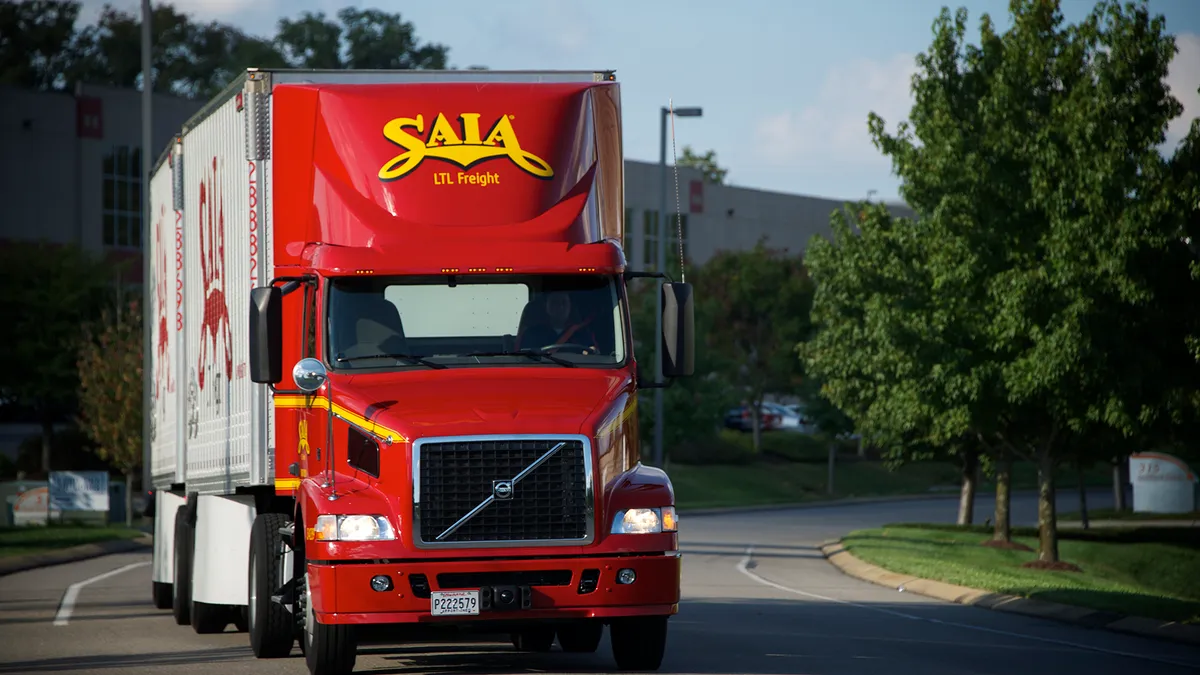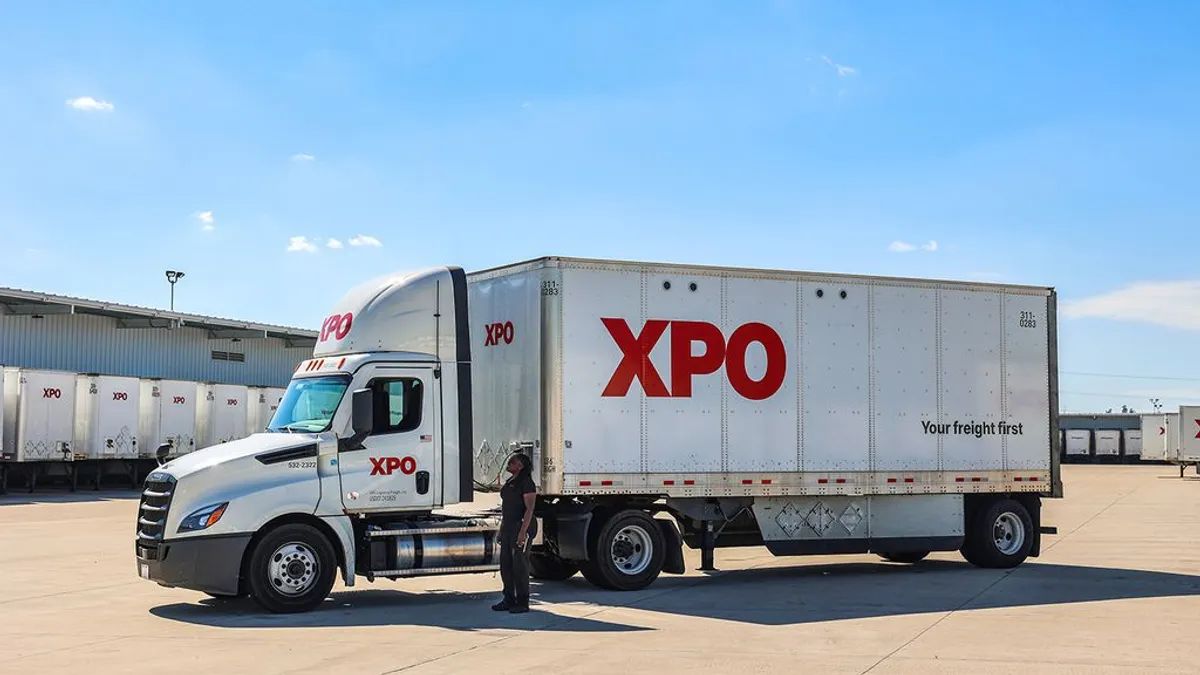LTL carriers are handling more than their typical share of retail freight as they confront stagnant industrial demand, several executives said in Q2 earnings calls.
Old Dominion Freight Line, Saia and TForce Freight are all eager for an industrial demand rebound for the same reason. “We’re paid by the weight,” TFI International Chairman, President and CEO Alain Bédard reminded investors.
The revenue profile of retail freight “is lower — or it's different — than what we have traditionally dealt with,” Saia CEO Fritze Holzgrefe said. “It's part of the nature of our business. ... It had an impact on the second quarter.”
LTL carriers closely monitor changes in freight mix for what it might mean for their businesses. Some of the oldest and most successful carriers have historically adapted alongside demand as necessary while maintaining pricing discipline.
Old Dominion Freight Line CFO Adam Satterfield pointed out the trend of “a little bit stronger retail-related performance in the second quarter.”
“Industrial was OK, but kind of reflects the industrial environment,” Satterfield said, noting the Institute for Supply Management reporting manufacturing industry contraction for 19 out of the past 20 months.
“We have to slowly get more into the industrial freight, versus the retail freight."

Alain Bédard
TFI International Chairman, President and CEO
At TForce Freight, growing the share of industrial freight is a priority as it works to improve its average weight per shipment, its parent company’s CEO said.
“Rule No. 1, guys, is that we have to slowly get more into the industrial freight, versus the retail freight,” Bédard said.
Saia’s freight mix could be optimized, Holzgrefe said, but the increase in its proportion of retail freight “doesn't erode in any way our longer-term value proposition” amid its $1 billion network expansion.
“If we look at it over time, the thesis that we have here is that we can build a national network that provides great service [and ensure] we're compensated appropriately for all the service we provide,” Holzgrefe said.
XPO, which is also significantly growing its network, saw relatively stable industrial demand picking up a bit from May, CEO Mario Harik said on a Q2 earnings call. “Retail sales came in better,” he said.
“In terms of mix, it's largely unchanged between the industrial side and the retail side,” Harik added. “We're still same proportions. But where we are seeing faster growth is in the local channel.”













